
TECHNICAL VALIDATION
Coalfire Compliance Essentials
Reducing Costs and Efforts in Executing Compliance Workflows
DIGITAL TRANSFORMATION:
The CIO Imperative
The Multicloud Opportunity for Partners with Dell APEX
By Alex Arcilla, Senior Analyst, Validation Services
APRIL 2024
This Enterprise Strategy Group Technical Validation was commissioned by Coalfire and is distributed under license from TechTarget, Inc.
Introduction
Background
Figure 1. Current Opinions Toward Data Privacy and Compliance
Which of the following buying criteria will have the greatest influence on your organization’s data center infrastructure purchase? (Percent of respondents, N=303, three responses accepted)
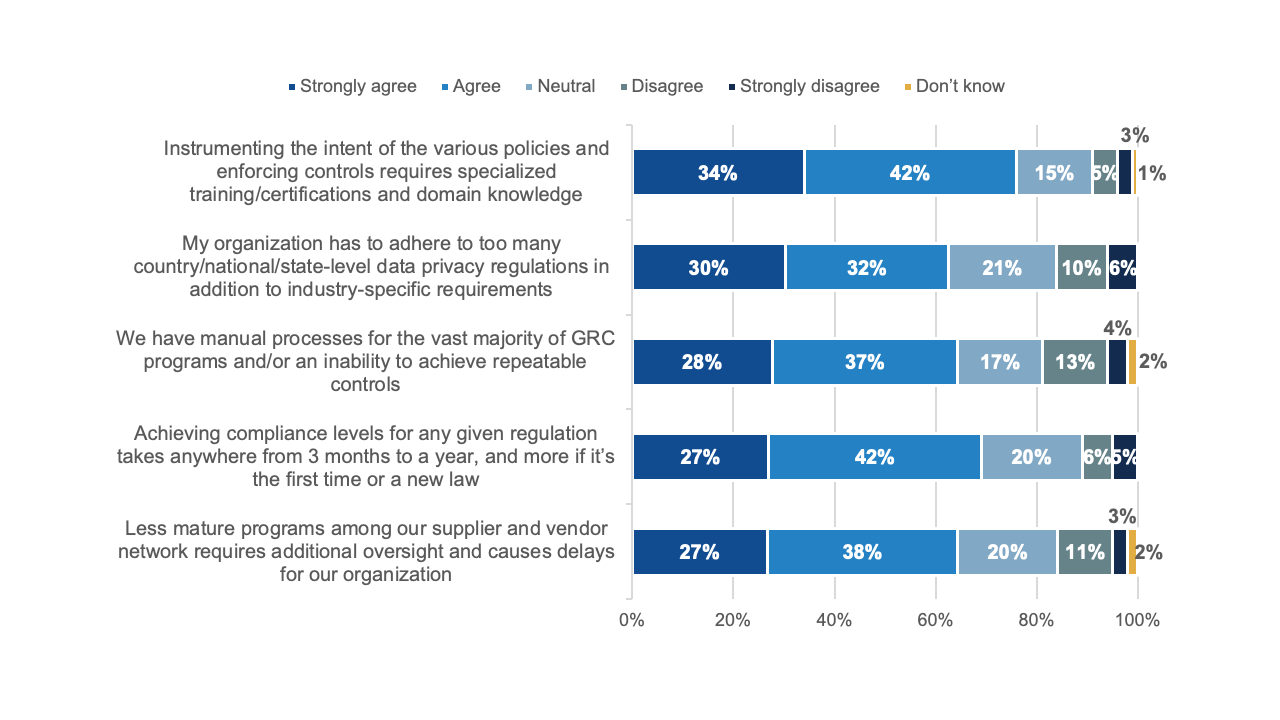
Source: Enterprise Strategy Group, a division of TechTarget, Inc.
Coalfire Compliance Essentials
Figure 2. Coalfire Compliance Essentials
Source: Enterprise Strategy Group, a division of TechTarget, Inc.
Enterprise Strategy Group Technical Validation
Decrease Time and Effort in Executing Compliance Workflows
Enterprise Strategy Group Testing
ESG Review
Figure 3. Programs for Tracking Compliance Status
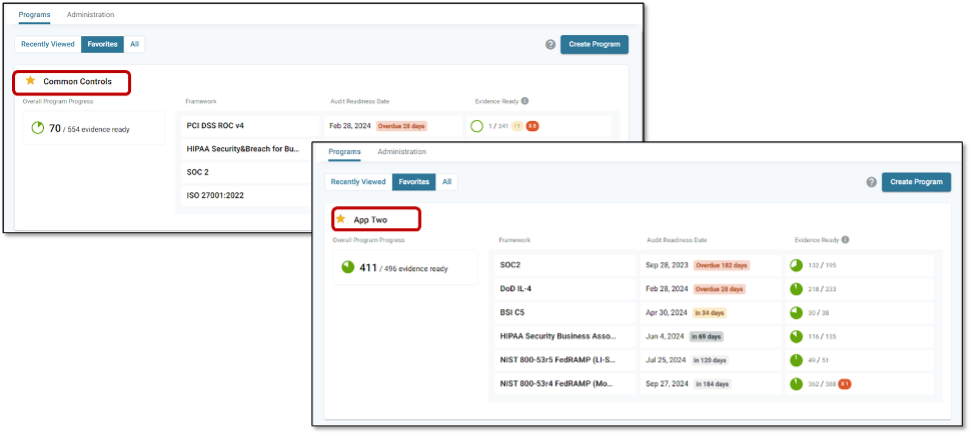
Source: Enterprise Strategy Group, a division of TechTarget, Inc.
Figure 4. Compliance Status for One Framework in a Program
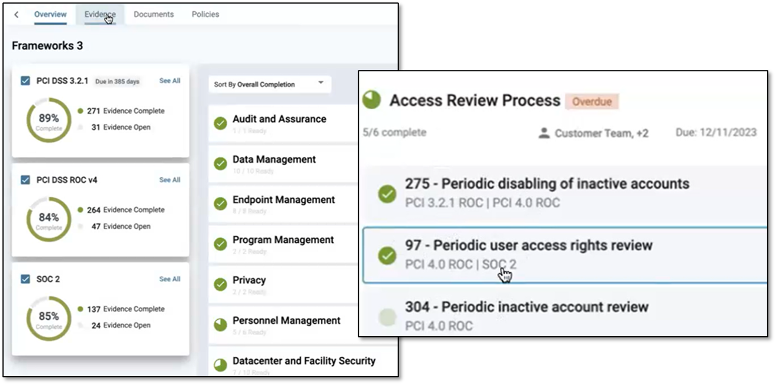
Source: Enterprise Strategy Group, a division of TechTarget, Inc.
Figure 5. How Compliance Status Is Displayed for Supported Frameworks
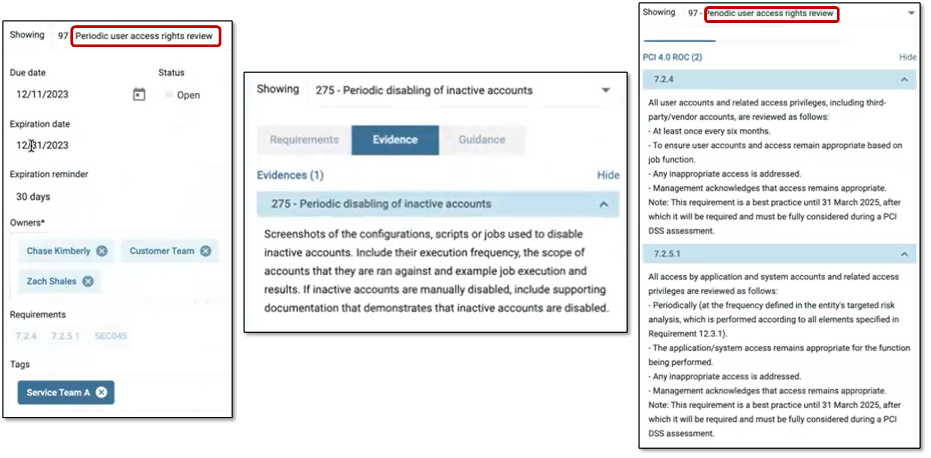
Source: Enterprise Strategy Group, a division of TechTarget, Inc.
Figure 6. Automated Compliance Assessment
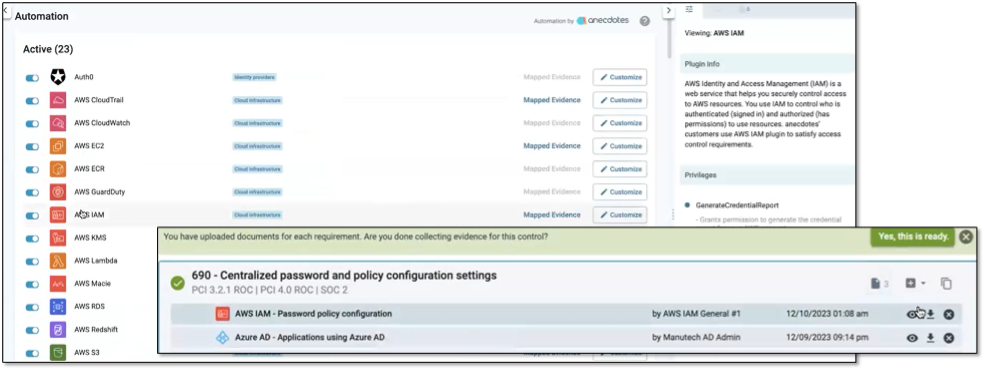
Source: Enterprise Strategy Group, a division of TechTarget, Inc.
Why this matters
Maintain and Monitor Compliance in Real Time
Enterprise Strategy Group Testing
Figure 7. Performing Internal Assessments
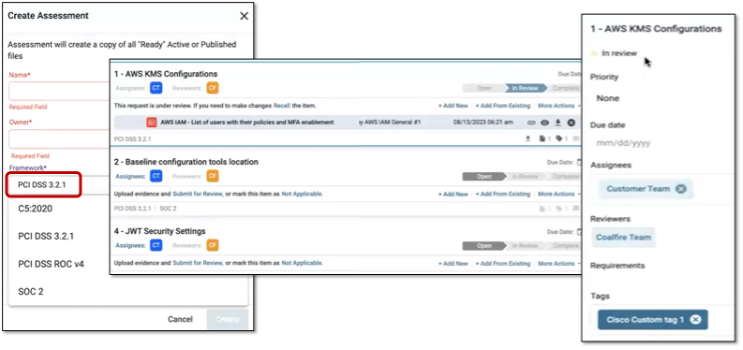
Source: Enterprise Strategy Group, a division of TechTarget, Inc.
Figure 8. Monitoring Ongoing Actions to Complete

Source: Enterprise Strategy Group, a division of TechTarget, Inc.
Why this matters
Manage Compliance Risk
Enterprise Strategy Group Testing
Figure 10. Assessing Ongoing Risk Due to Noncompliance
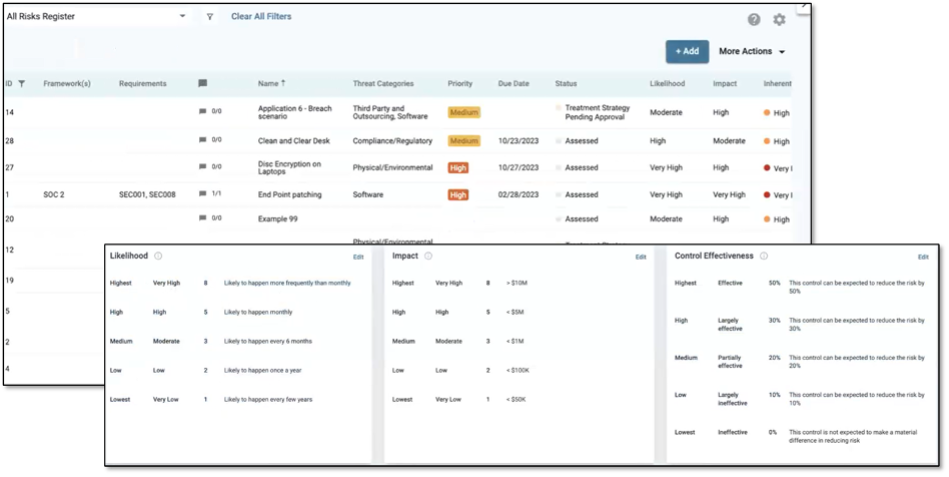
Source: Enterprise Strategy Group, a division of TechTarget, Inc.
Why This Matters
Conclusion
©TechTarget, Inc. or its subsidiaries. All rights reserved. TechTarget, and the TechTarget logo, are trademarks or registered trademarks of TechTarget, Inc. and are registered in jurisdictions worldwide. Other product and service names and logos, including for Bright TALK, Xtelligent, and the Enterprise Strategy Group might be trademarks of TechTarget or its subsidiaries. All other trademarks, logos and brand names are the property of their respective owners.
Information contained in this publication has been obtained by sources TechTarget considers to be reliable but is not warranted by TechTarget. This publication may contain opinions of TechTarget, which are subject to change. This publication may include forecasts, projections, and other predictive statements that represent TechTarget’s assumptions and expectations in light of currently available information. These forecasts are based on industry trends and involve variables and uncertainties. Consequently, TechTarget makes no warranty as to the accuracy of specific forecasts, projections or predictive statements contained herein.
Any reproduction or redistribution of this publication, in whole or in part, whether in hard-copy format, electronically, or otherwise to persons not authorized to receive it, without the express consent of TechTarget, is in violation of U.S. copyright law and will be subject to an action for civil damages and, if applicable, criminal prosecution. Should you have any questions, please contact Client Relations at cr@esg-global.com.

